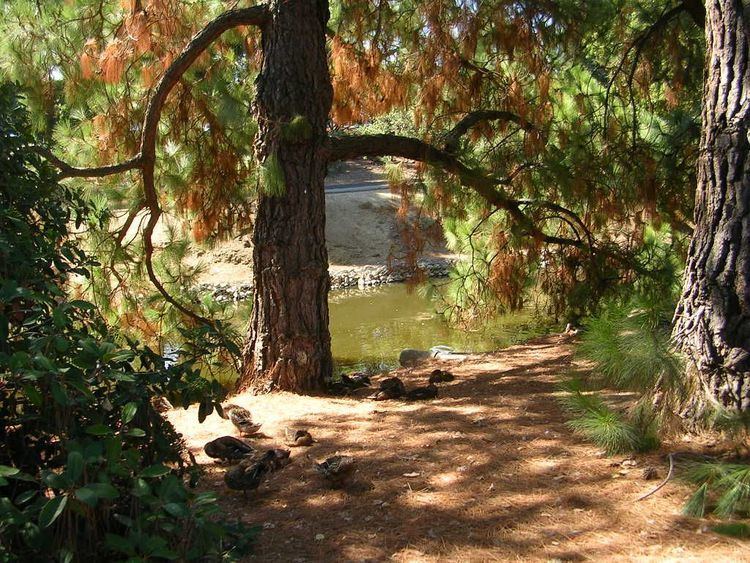 | ||
The University of California, Davis Arboretum (UC Davis Arboretum) is an approximately 100-acre (0.40 km2) arboretum along the banks of the old north channel of Putah Creek on the south side of the University of California, Davis campus in Davis, California, in the United States.
The arboretum was founded in 1936. It is free to visit and the gardens are open 24 hours a day every day of the year; visitor parking is free Saturdays and Sundays and $9 per car every other day. The Arboretum contains 3.5 miles (5.6 km) paved path loop for pedestrians, joggers, and cyclists. The collection includes some "22,000 trees and plants adapted to a Mediterranean climate." The collection may be searched through the Arbortetum's online database, which includes detailed information about the plants and geographic information system data linked to plant records. The Arboretum is an important source of information on horticulture in California's Central Valley.
The arboretum is used for research both by UC Davis faculty and students and by others. The arboretum also supports teaching at UC Davis, with courses in many different disciplines using the arboretum each year.
Collection
The arboretum has 17 gardens and collections:
